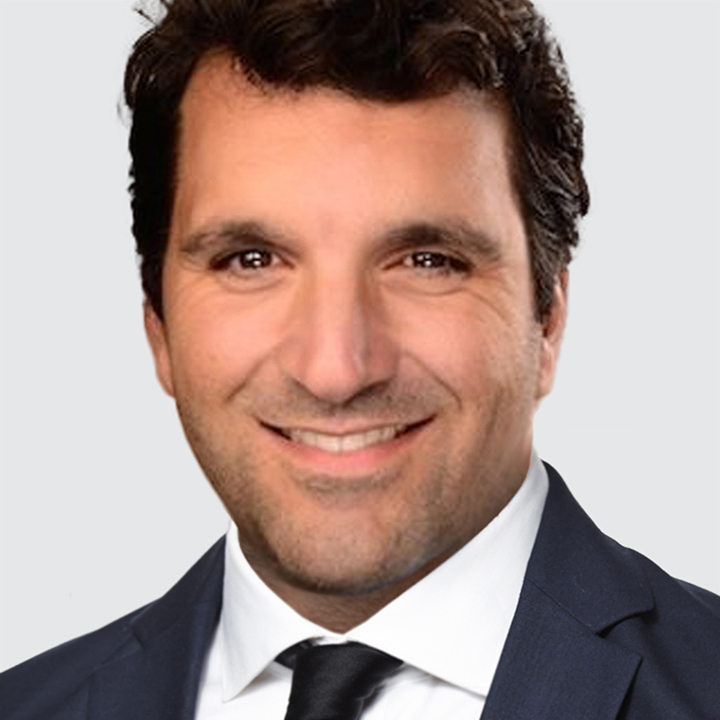March’s Growth Chronicles
USD pared back some of last week’s gains while US and European equity futures are up on cautiously improving financial market sentiment. The Wall Street Journal reported that the next round of US tariffs due April 2 is poised to be narrower and more targeted than initially expected. This is already a downgrade from the original plan for uniform global tariffs, which later morphed into a “reciprocal” proposal that would consider tariffs and non-tariff barriers. Regardless, it’s a fool’s errand to try and trade on the tariff noise.
USD will take its cue from the US preliminary March S&P Global PMIs (1:45pm London). Manufacturing is expected at 51.8 vs. 52.7 in February, services is expected to remain steady at 51.0, and the composite index is expected at a 10-month low at 51.3 vs. 51.6 in January suggesting US economic outperformance has likely ended for now. If it is, USD can edge lower on narrowing US-G6 2-year bond yield spreads. If not, USD relief rally may have more legs. Fed speakers today include: Atlanta Fed President Raphael Bostic (5:45pm London), and Fed Governor Michael Barr (7:10pm London).
EUROZONE
EUR/USD is holding above key support at 1.0800. The Eurozone March preliminary PMI is expected to point at a marginal improvement in economic activity (9:00am London). The composite index is forecast at 50.7 vs. 50.2 in February, manufacturing is expected at 48.2 vs. 47.6 in February and services is projected at 51.1 vs. 50.6 in February. Looking at the country breakdown, the German composite is expected at 51.1 vs. 50.4 in February while the French composite is expected at 46.1 vs. 45.1 in February.
UK
GBP/USD recovered some of last week’s losses. The UK March preliminary PMI is expected to show growth momentum stalling (9:30am London). The composite index is forecast at 50.5 vs. 50.5 in February, manufacturing is expected at 47.2 vs. 46.9 in February, and services is projected at 51.0 vs. 51.0 in February.
JAPAN
JPY is underperforming most major currencies and USD/JPY is up near technical resistance at 150.00. Private sector activity in Japan deteriorated in March. The composite PMI fell from a six-month high of 52.0 in February to 48.5 in March, to signal a renewed reduction in business activity. The services PMI fell to a three-year low at 49.5 vs. 53.7 in February and the manufacturing PMI plunged to a multi-year low at 48.5 vs. 52.0 in February.
Meanwhile, Japan Finance Minister Katsunobu Kato cautioned that “Japan has not overcome deflation”. Kato pointed out that rising prices are still being driven by a weak yen and high commodity costs rather than a virtuous cycle of rising wages and consumer demand.
Bottom line: the Bank of Japan is unlikely to tighten the policy by more than is currently priced which is a headwind for JPY. The swaps market continues to imply less than 50bps of rate hikes over the next twelve months.
AUSTRALIA
AUD/USD is consolidating above last week’s lows near 0.6258. Australia reported firm preliminary March PMIs. The composite PMI improved to a seven-month high at 51.3 vs. 50.6 in February. Manufacturing surged to a 29-month high at 52.6 vs. 50.4 in February and services rose to a two-month high at 51.2 vs. 50.8 in February.
Importantly, the rate of private sector job creation increased for a third straight month amidst the solid rise in new work. This suggests that Australia’s poor February labor market data may be an outlier rather than a sign of broader weakness. Cash rate futures continue to fully price-in the next 25bps cut in July with 70% odds it will occur at the May meeting.
CANADA
Canadian Prime Minister Mark Carney called a snap federal election for April 28. This was highly anticipated after Carney won the leadership race to replace Justin Trudeau. Two recent polls show Carney’s Liberal Party leading in voting intention nationally after trailing against Pierre Poilievre’s Conservative Party by a wide margin in late December. Leger Marketing has the Liberals at 42%, compared with 39% for the Conservatives. Augus Reid Institute also has the Liberals at 42% versus 37% for the Conservatives.

